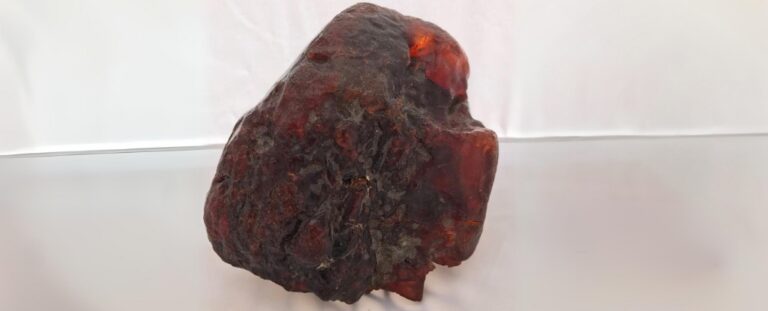ARS TECHNICA
China plans to launch two heavy-lift Long March 5 rockets with elements of the Tianwen-3 Mars sample return mission in 2028, the mission’s chief designer said Thursday.
In a presentation at a Chinese space exploration conference, the chief designer of China’s robotic Mars sample return project described the mission’s high-level design and outlined how the mission will collect samples from the Martian surface. Reports from the talk published on Chinese social media and by state-run news agencies were short on technical details and did not discuss any of the preparations for the mission.
Public pronouncements by Chinese officials on future space missions typically come true, but China is embarking on challenging efforts to explore the Moon and Mars. China aims to land astronauts on the lunar surface by 2030 in a step toward eventually building a Moon base called the International Lunar Research Station.
Liu Jizhong, chief designer of the Tianwen-3 mission, did not say when China could have Mars samples back on Earth. In past updates on the Tianwen-3 mission, the launch date has alternated between 2028 and 2030, and officials previously suggested the round-trip mission would take about three years. This would suggest Mars rocks could return to Earth around 2031, assuming an on-time launch in 2028.
NASA, meanwhile, is in the middle of revamping its architecture for a Mars sample return mission in cooperation with the European Space Agency. In June, NASA tapped seven companies, including SpaceX and Blue Origin, to study ways to return Mars rocks to Earth for less than $11 billion and before 2040, the cost and schedule for NASA’s existing plan for Mars sample return.
That is too expensive and too long to wait for Mars sample return, NASA Administrator Bill Nelson said in April. Mars sample return is the highest priority for NASA’s planetary science division and has been the subject of planning for decades. The Perseverance rover currently on Mars is gathering several dozen specimens of rock powder, soil, and Martian air in cigar-shaped titanium tubes for eventual return to Earth.
This means China has a shot at becoming the first country to bring pristine samples from Mars back to Earth, and China doesn’t intend to stop there.
“If all the missions go as planned, China is likely to become the first country to return samples from Mars,” said Wu Weiren, chief designer of China’s lunar exploration program, in a July interview with Chinese state television. “And we will explore giant planets, such as Jupiter. We will also explore some of the asteroids, including sample return missions from an asteroid, and build an asteroid defense system.”
The asteroid sample return mission is known as Tianwen-2, and is scheduled for launch next year. Tianwen means “questions to heaven.”
China doesn’t have a mission currently on Mars gathering material for its Tianwen-3 sample return mission. The country’s first Mars mission, Tianwen-1, landed on the red planet in May 2021 and deployed a rover named Zhurong. China’s space agency hasn’t released any update on the rover since 2022, suggesting it may have succumbed to the harsh Martian winter.
So, the Tianwen-3 mission must carry everything it needs to land on Mars, collect samples, package them for return to Earth, and then launch them from the Martian surface back into space. Then, the sample carrier will rendezvous with a return vehicle in orbit around Mars. Once the return spacecraft has the samples, it will break out of Mars orbit, fly across the Solar System, and release a reentry capsule to bring the Mars specimens to the Earth.
All of the kit for the Tianwen-3 mission will launch on two Long March 5 rockets, the most powerful operational launcher in China’s fleet. One Long March 5 will launch the lander and ascent vehicle, and another will propel the return spacecraft and Earth reentry capsule toward Mars.
Liu, Tianwen-3’s chief designer, said an attempt to retrieve samples from Mars is the most technically challenging space exploration mission since the Apollo program, according to China’s state-run Xinhua news agency. Liu said China will adhere to international agreements on planetary protection to safeguard Mars, Earth, and the samples themselves from contamination. The top scientific goal of the Tianwen-3 mission is to search for signs of life, he said.


Connect with us on our socials: